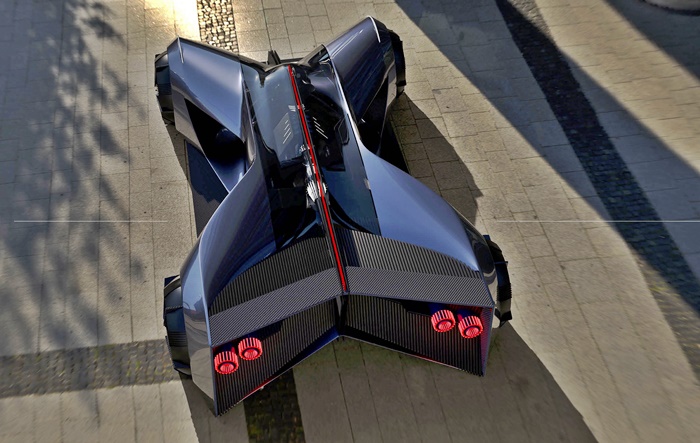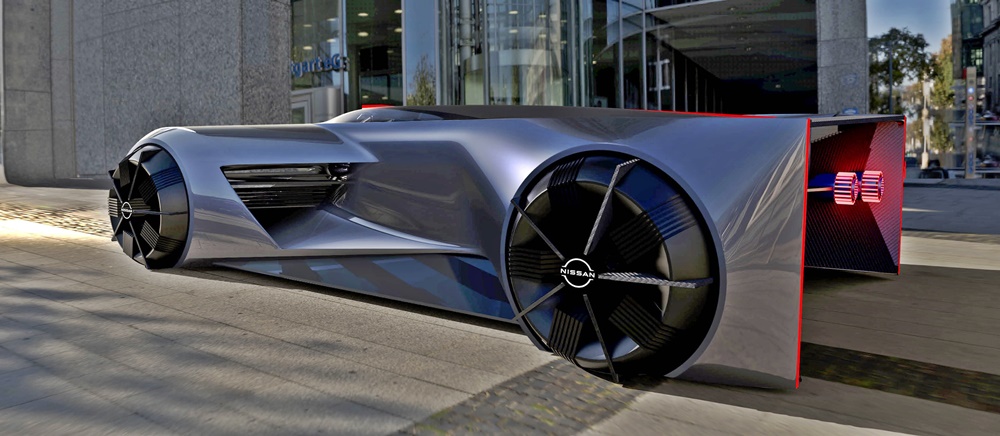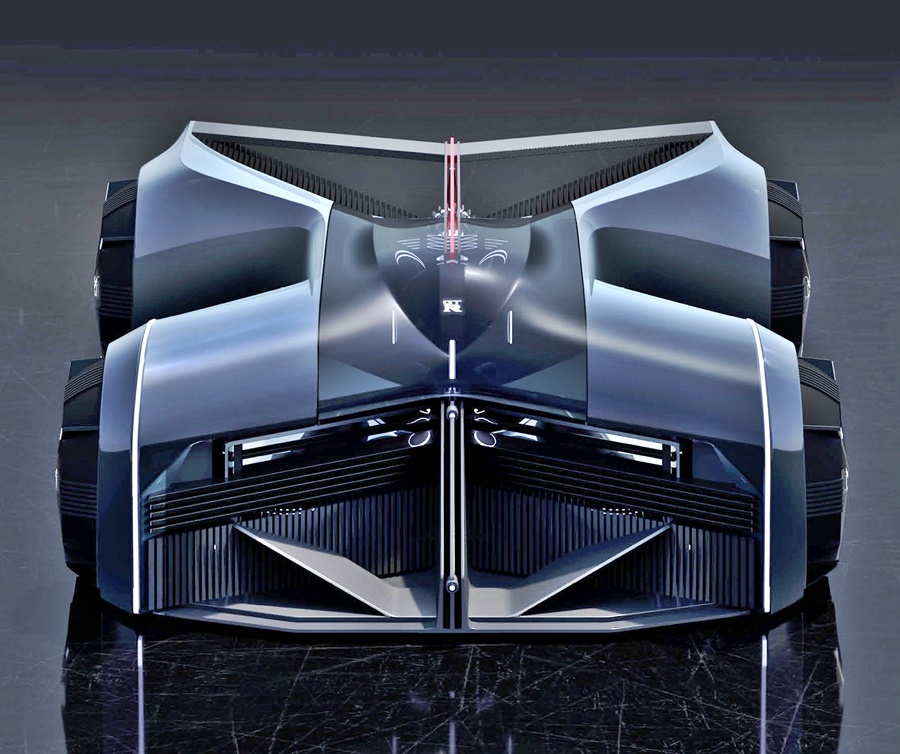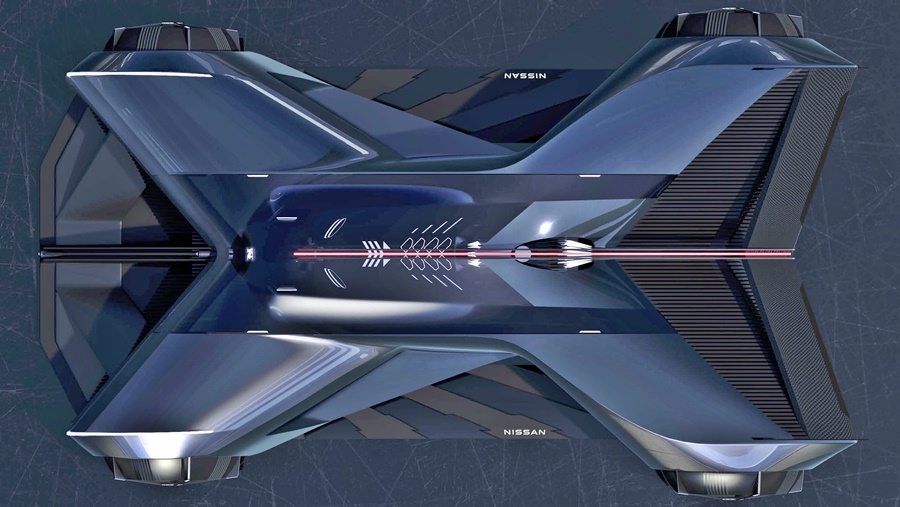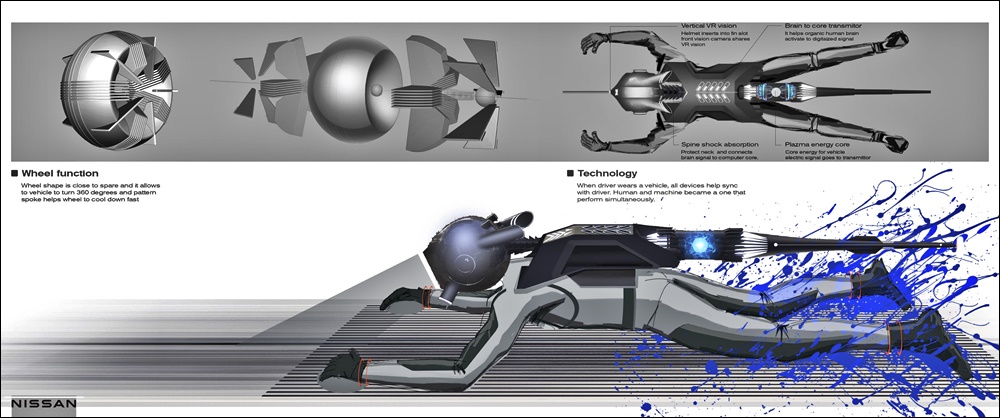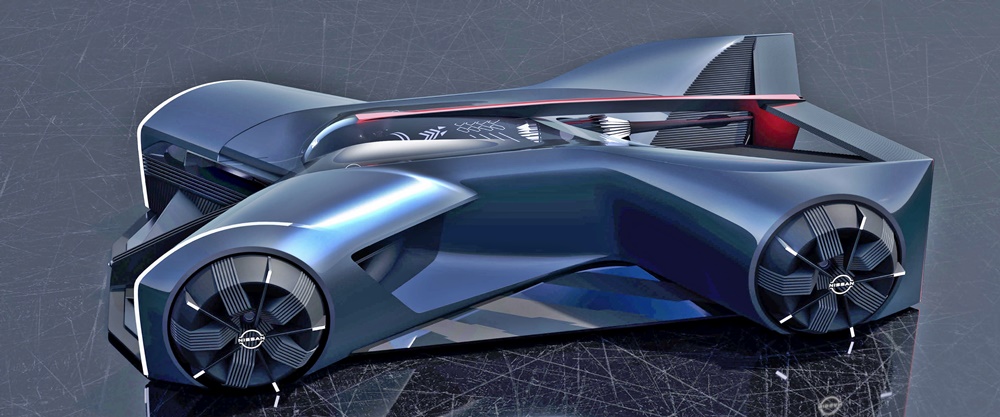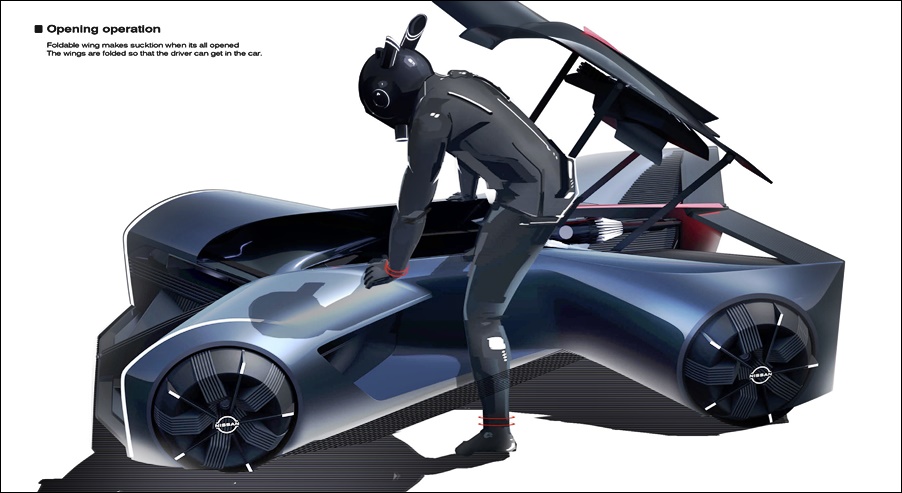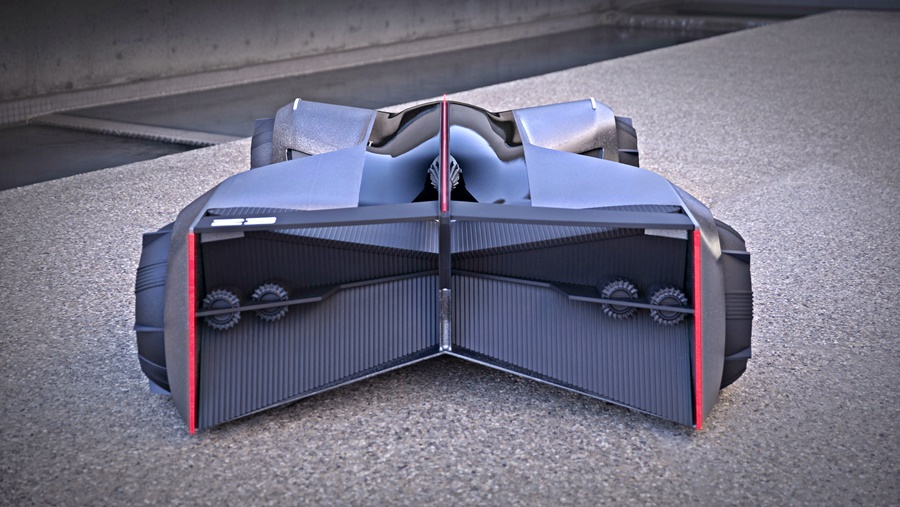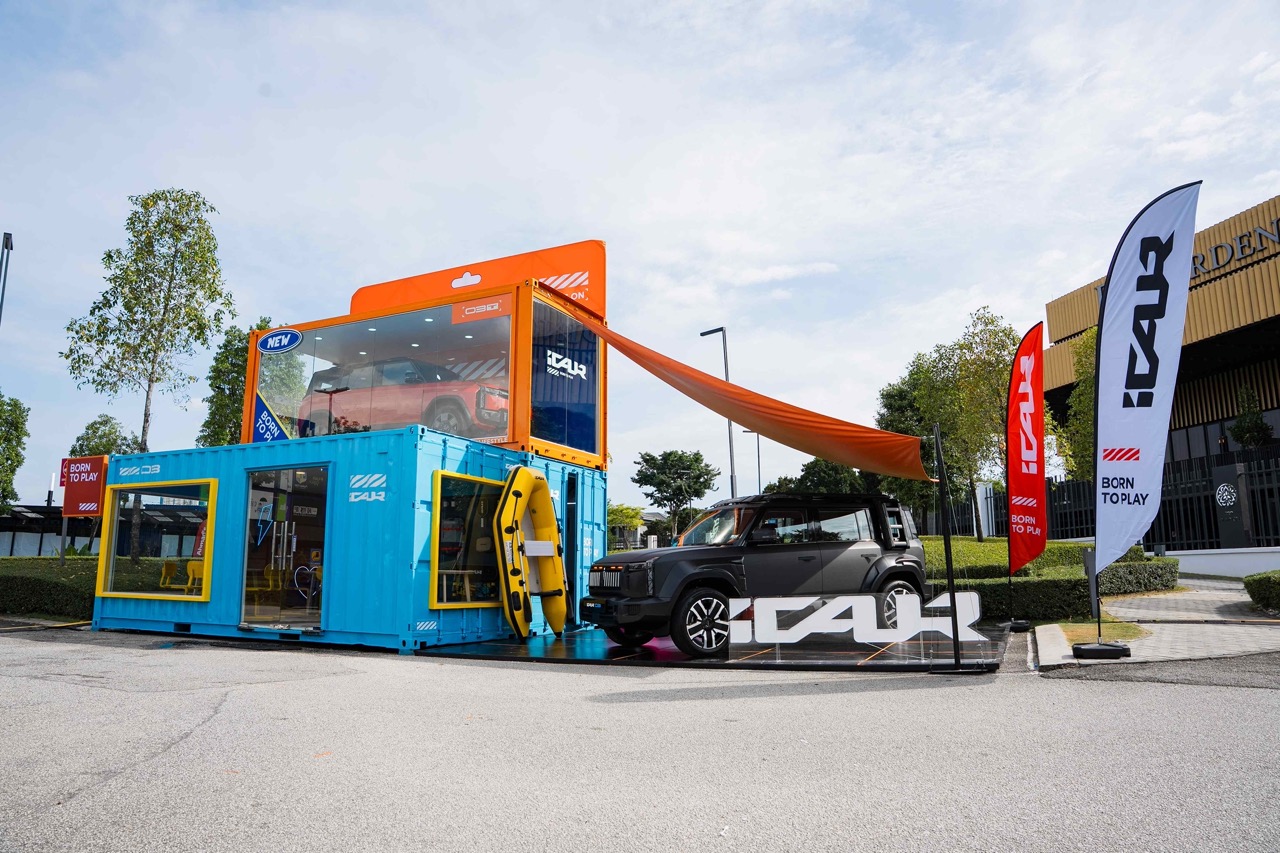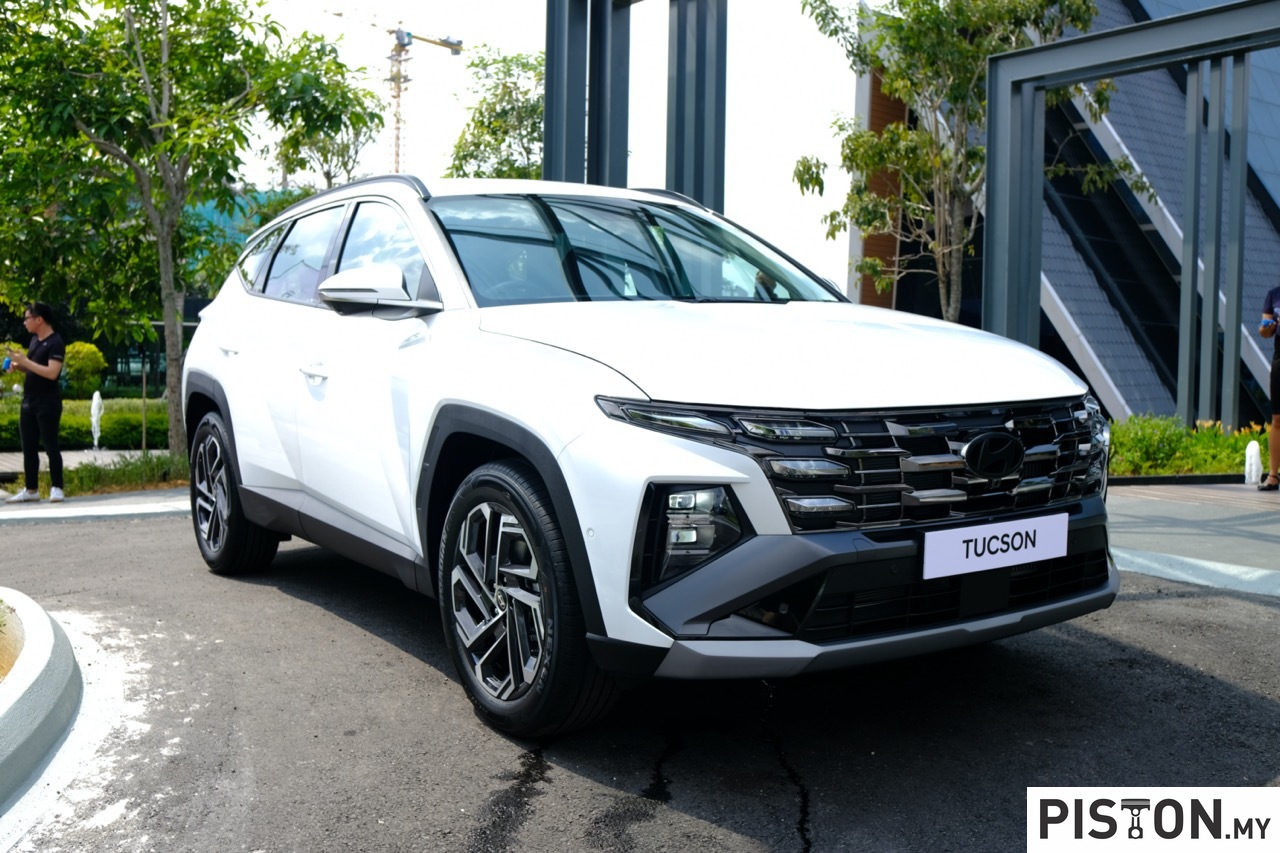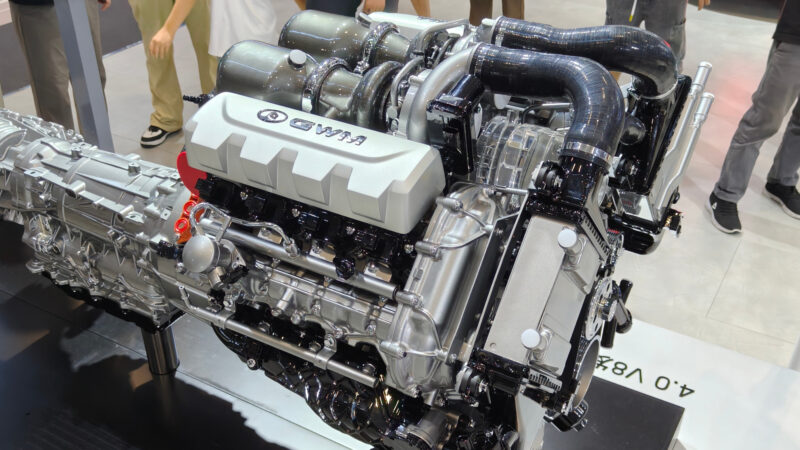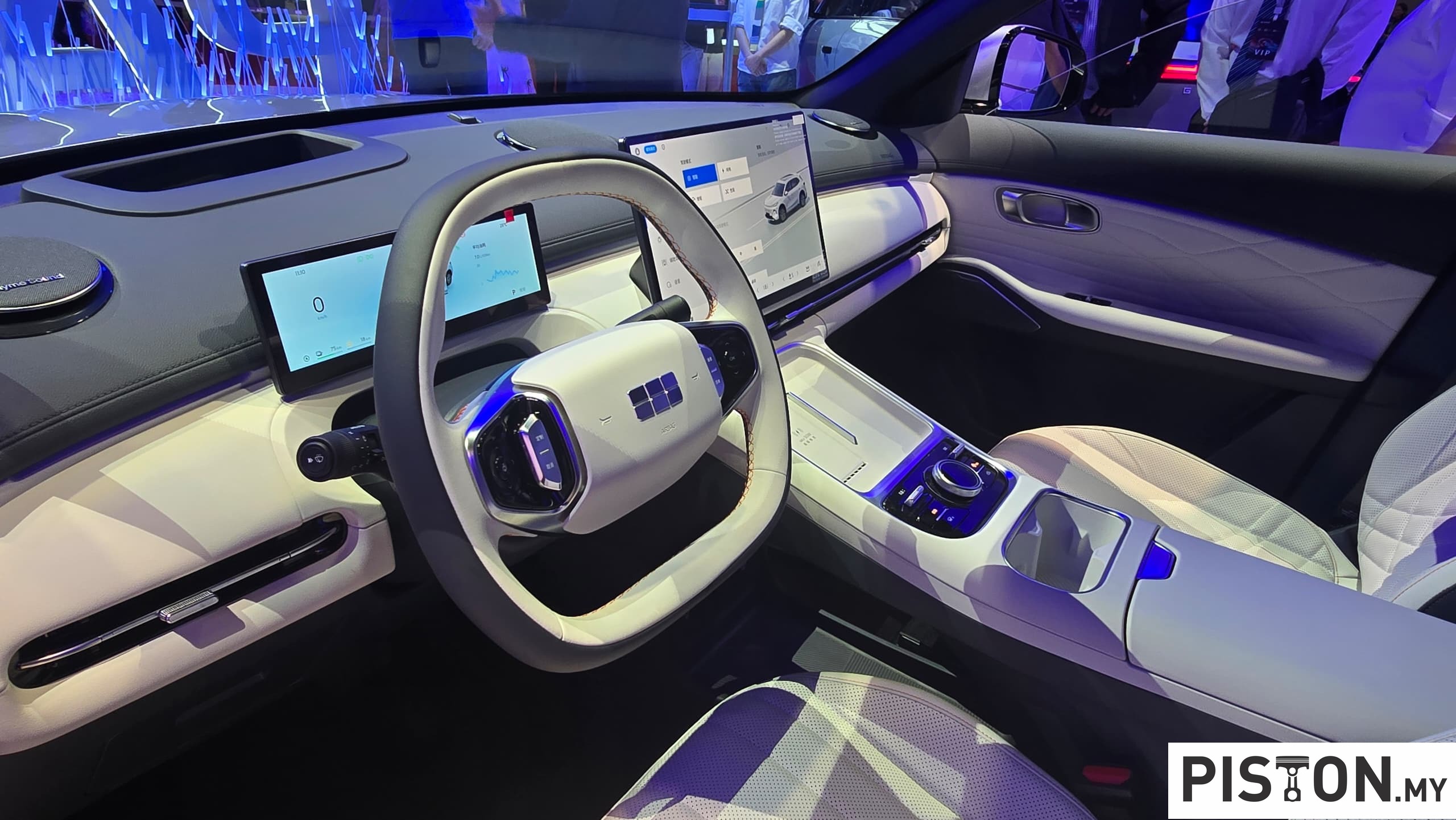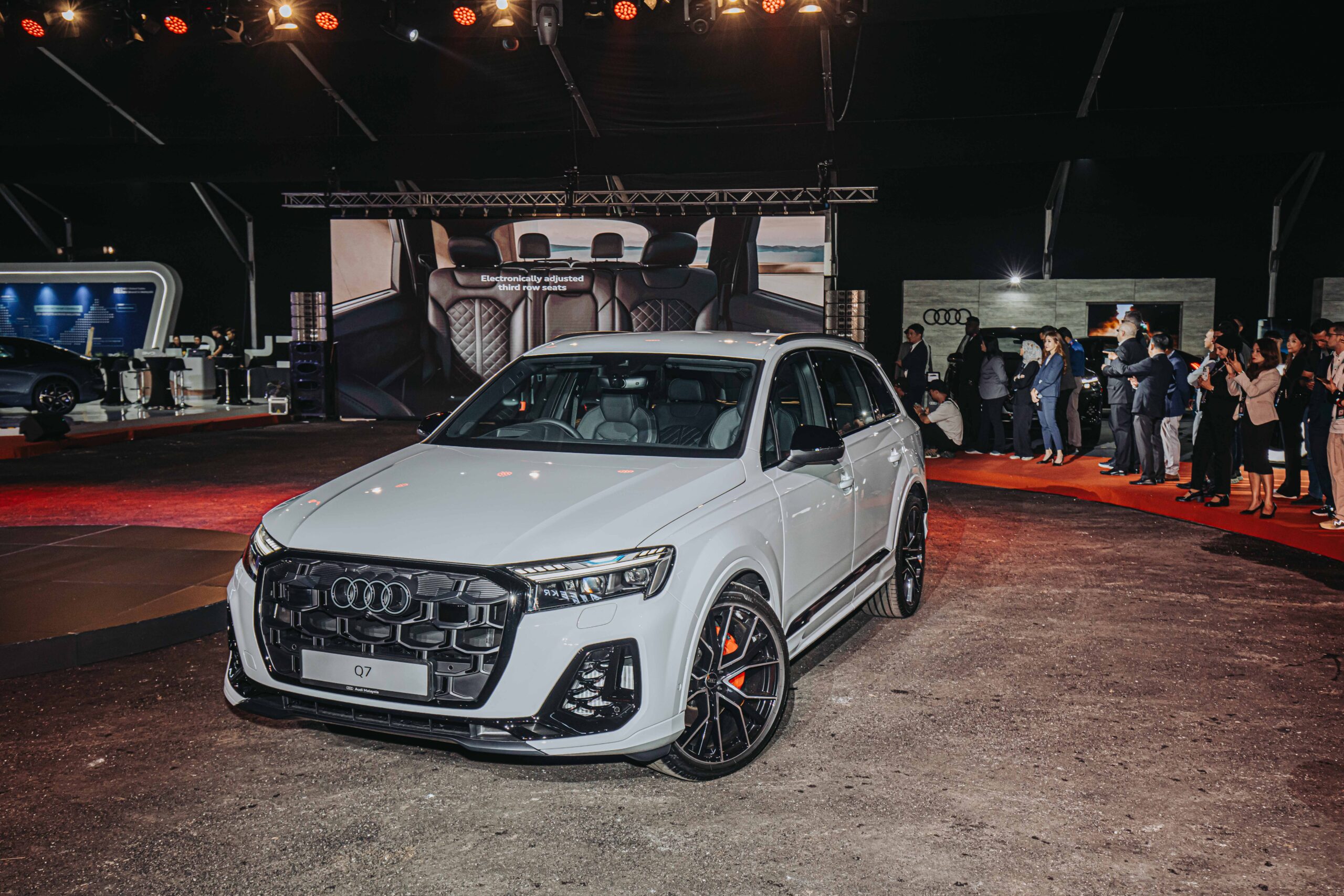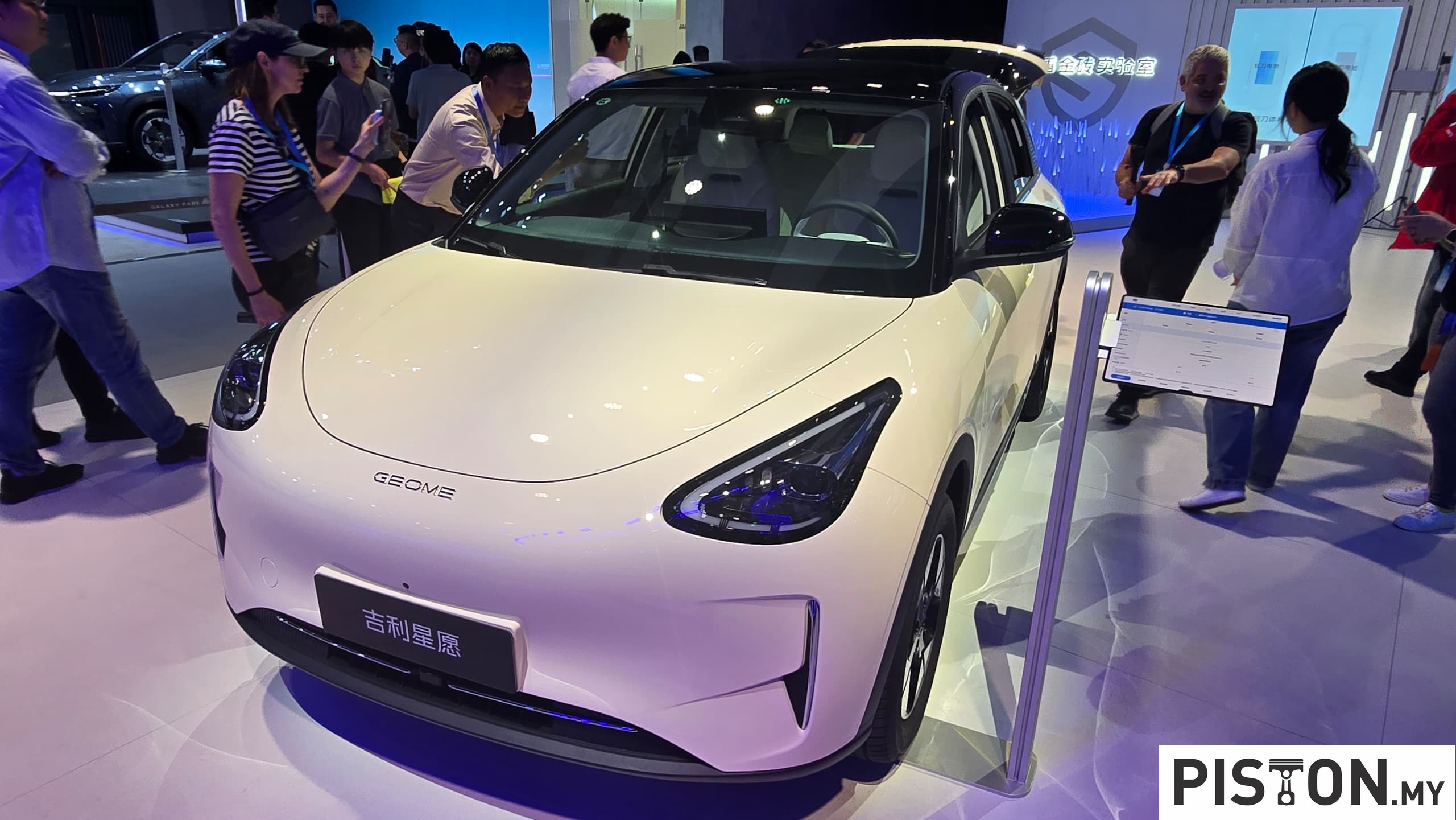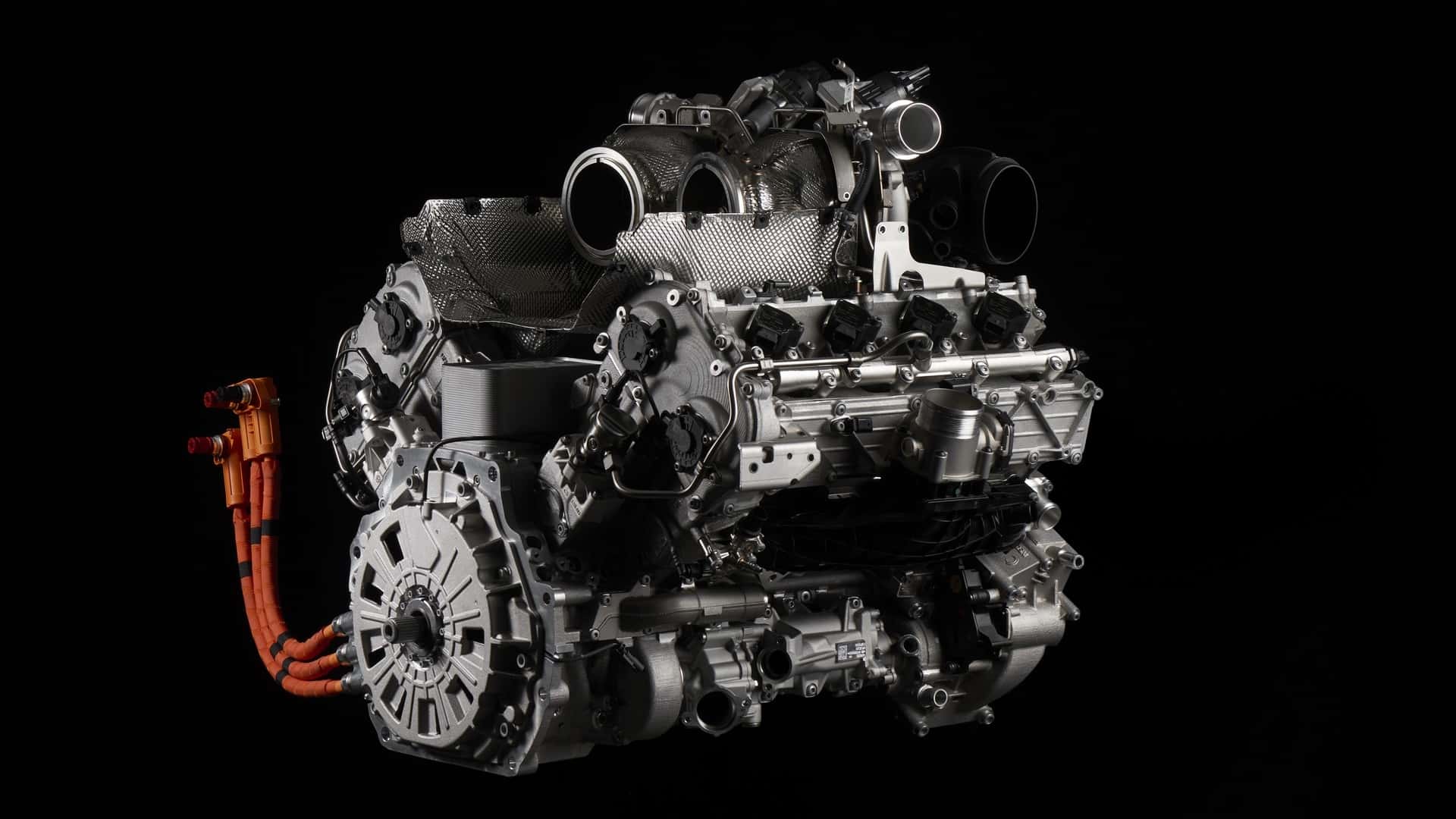Car designer Jaebum ‘JB’ Choi, like many of the graduating seniors at ArtCentre College of Design in California, was looking to the future for his final thesis – to the year 2050. As he was starting an internship at Nissan Design America (NDA) at a time when COVID-19 restrictions changed how everyone was thinking about the future, his student thesis brought forth the Nissan GT-R(X) 2050.
“I started my internship at NDA in January and participated in company projects for about 2 months. Then, I started my ‘vision humanoid’ project for the rest of the internship, working from home because of COVID-19,” said Choi. “Little did I imagine then that the team at NDA would take me under their wings and help me create it as a full-size model.”
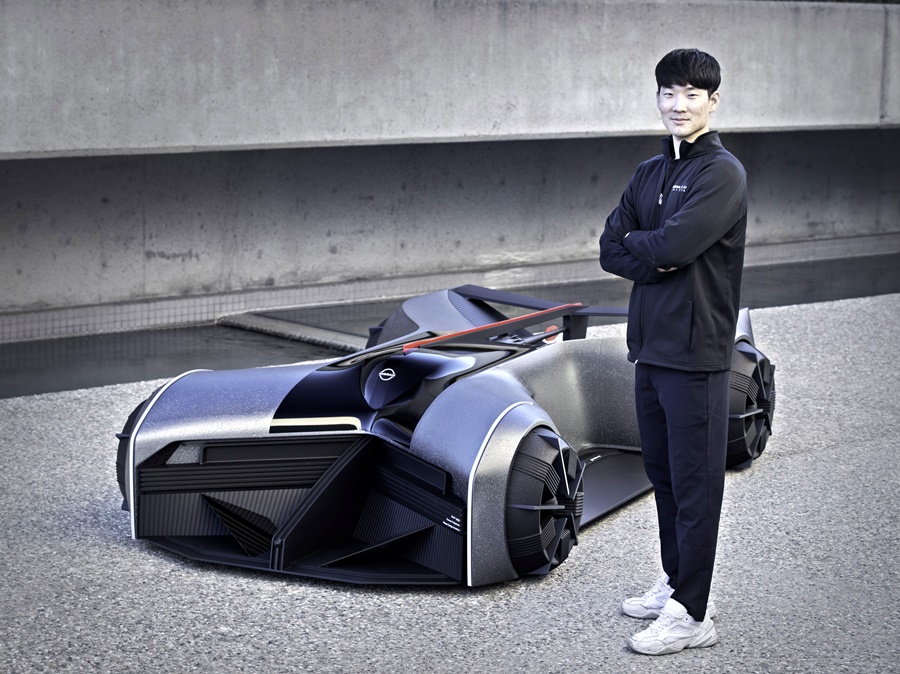
Styling cues from GT-R
The completed project car is about 3 metres long and sits very low to the ground. Choi’s futuristic project still takes cues from the current GT-R with its bold, dramatic surfaces, monolithic body volumes and V-motion design features. It also has iconic GT-R taillights and red-striped accents of the GT-R NISMO.
The single occupant, the driver, rests horizontally in a prone position with limbs extended in an X-shape. The driver wears a futuristic, form-fitting suit and helmet that resembles a superbike riders’ protective helmets and leathers.
A ‘wearable machine’
As a ‘wearable machine’, Choi envisions that connecting the human brain to the computer’s would provide better performance than ‘ordinary’ self-driving cars. He said the vehicle imitates the shape of the human body so it can efficiently protect the brain.
“Exo-skeletons today make people stronger by wearing mechanical structures. I tried to fit the size of a person’s body as much as I could, as if I were wearing a car,” Choi explained about the car’s compact layout. “I wanted to create a new form of machine that is not a vehicle to ride, it is the space where machine and the human become one.”
Brain-controlled car
A unique element is the GT-R styled helmet and ‘docking’ suit. The helmet is designed to be inserted into a slot for a front vision camera shared with VR vision. A brain-to-core transmitter would help the human brain activate digitalized signals.
As a car would travel most likely at night, maneuverability would be a critical part of its high-power electric performance. Choi imagines the one-piece wheel/tyre units as having a shape close to square, allowing the vehicle to turn 360 degrees. The outer tyre diameter measures 21 inches and inner wheel circle is 15 inches. The wheels’ spoke pattern is designed to help the wheel cool down fast, even under extreme braking.
The GT-R(X) 2050 also deploys an active wing that would add downforce when extended. The wings fold so the driver can get in and out of the car.
“JB is a super-talented, super-creative designer and his ideas about future supercars driven by brain-to-vehicle integration fit perfectly with Nissan’s advanced work in the B2V field,” said NDA Vice President, David Woodhouse. “His thesis was all about demonstrating the emotional connection technology can create, and the benefit that it can deliver for customers. It was super exciting for the NDA team to help JB give form to this idea as a 1:1 model.”
Production-ready Nissan GT-R50 by ItalDesign makes debut on track







